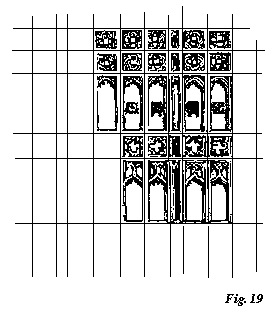VI. THE NATURE OF GOTHIC 261
public will think magnificent, though there may not be, from foundation to coping, one ray of invention, or any other intellectual merit, in the whole mass of it. But floral decoration, and the disposition of mouldings, require some skill and thought; and, if they are to be agreeable at all, must be verily invented, or accurately copied. They cannot be drawn altogether at random, without becoming so commonplace as to involve detection: and although, as I have just said, the noblest 
§ 100. Now, all Gothic may be divided into two vast schools, one early, the other late;* of which the former, noble, inventive, and progressive, uses the element of foliation moderately, that of floral and figure-sculpture decoration profusely; the latter, ignoble, uninventive, and declining, uses foliation immoderately, floral and figure-sculpture subordinately. The two schools touch each other at that instant of momentous change, dwelt upon in the Seven Lamps, Chap. II., § 22,1 a period later or earlier in different districts, but which may be broadly stated as the middle of the fourteenth century; both styles being, of course, in their highest excellence at the moment when they meet; the
* Late, and chiefly confined to Northern countries, so that the two schools may be opposed either as Early and Late Gothic or (in the fourteenth century) as Southern and Northern Gothic.
1 [Vol. VIII. p. 89.]
[Version 0.04: March 2008]